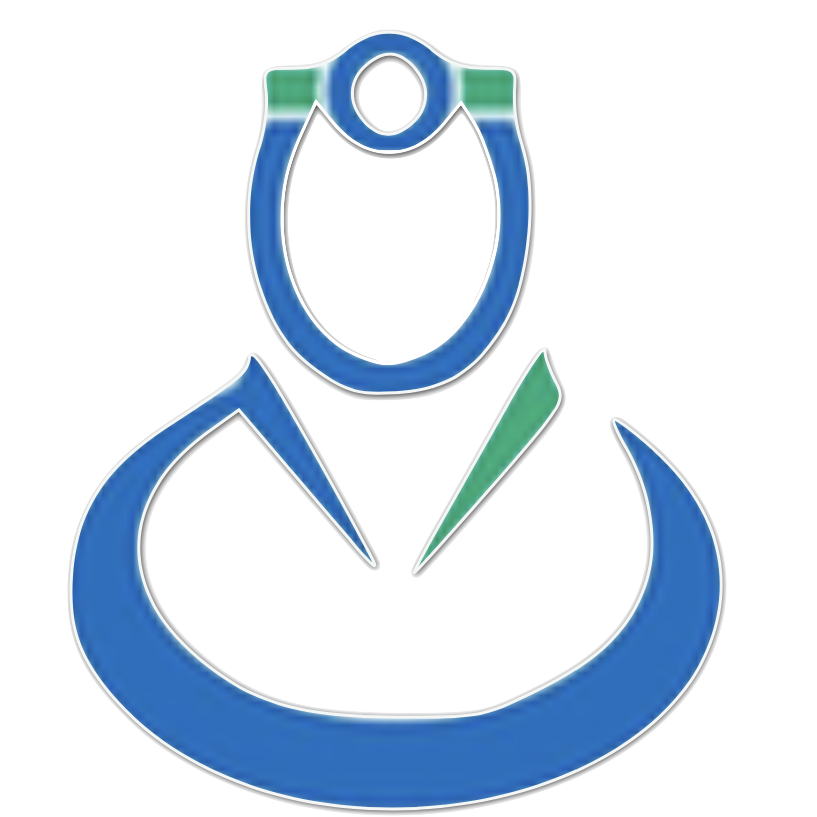Fundamentals of Medical Informatics
Medical Informatics is a multidisciplinary field that combines healthcare, information technology, and data science to improve patient care and optimize healthcare delivery. Here are some of the key fundamentals of Medical Informatics:
1. Data Management: Medical Informatics involves the efficient collection, storage, retrieval, and sharing of healthcare data. This includes electronic health records (EHRs), medical imaging data, lab results, and more. Effective data management is essential for coordinating care, supporting clinical decision-making, and enabling research.
2. Information Systems: Healthcare organizations rely on various information systems to manage and exchange data. These include EHRs, clinical decision support systems (CDSS), picture archiving and communication systems (PACS), and laboratory information systems (LIS). Understanding the architecture, functionality, and interoperability of these systems is crucial for Medical Informatics professionals.
3. Data Standards and Interoperability: To facilitate data exchange and collaboration, Medical Informatics promotes the use of standardized terminologies, coding systems, and communication protocols. Examples include HL7 (Health Level Seven) for data exchange, SNOMED CT for clinical terminology, and DICOM for medical imaging.
4. Data Analytics and Visualization: Medical Informatics leverages data analytics tools and techniques to extract insights from healthcare data. This includes statistical analysis, data mining, and machine learning. Data visualization techniques help present complex information in a more accessible and actionable format.
5. Clinical Decision Support: One of the primary goals of Medical Informatics is to provide clinicians with the knowledge and tools to make informed decisions. CDSS use algorithms and evidence-based guidelines to provide patient-specific recommendations, alerts, and reminders. These systems can help improve diagnostic accuracy, reduce errors, and enhance patient safety.
6. Privacy and Security: Protecting patient privacy and ensuring the security of healthcare data is a critical concern in Medical Informatics. This involves implementing technical safeguards (e.g., encryption, access controls), as well as adhering to regulatory requirements such as HIPAA (Health Insurance Portability and Accountability Act).
7. Evaluation and Quality Improvement: Medical Informatics plays a key role in evaluating the effectiveness and quality of healthcare services. This includes developing performance metrics, conducting clinical audits, and using data to drive continuous quality improvement efforts.
By understanding these fundamental concepts, healthcare professionals can effectively leverage information technology to enhance clinical practice, improve patient outcomes, and drive innovation in healthcare delivery.\
Dr. Jose A. Cisneros, MD,PhD


Recent Comments